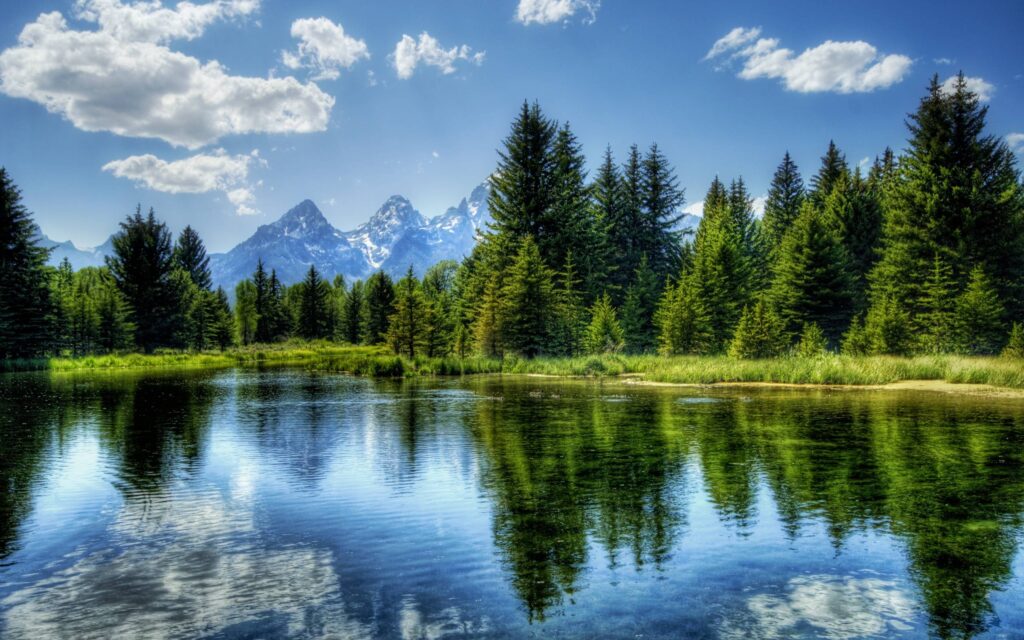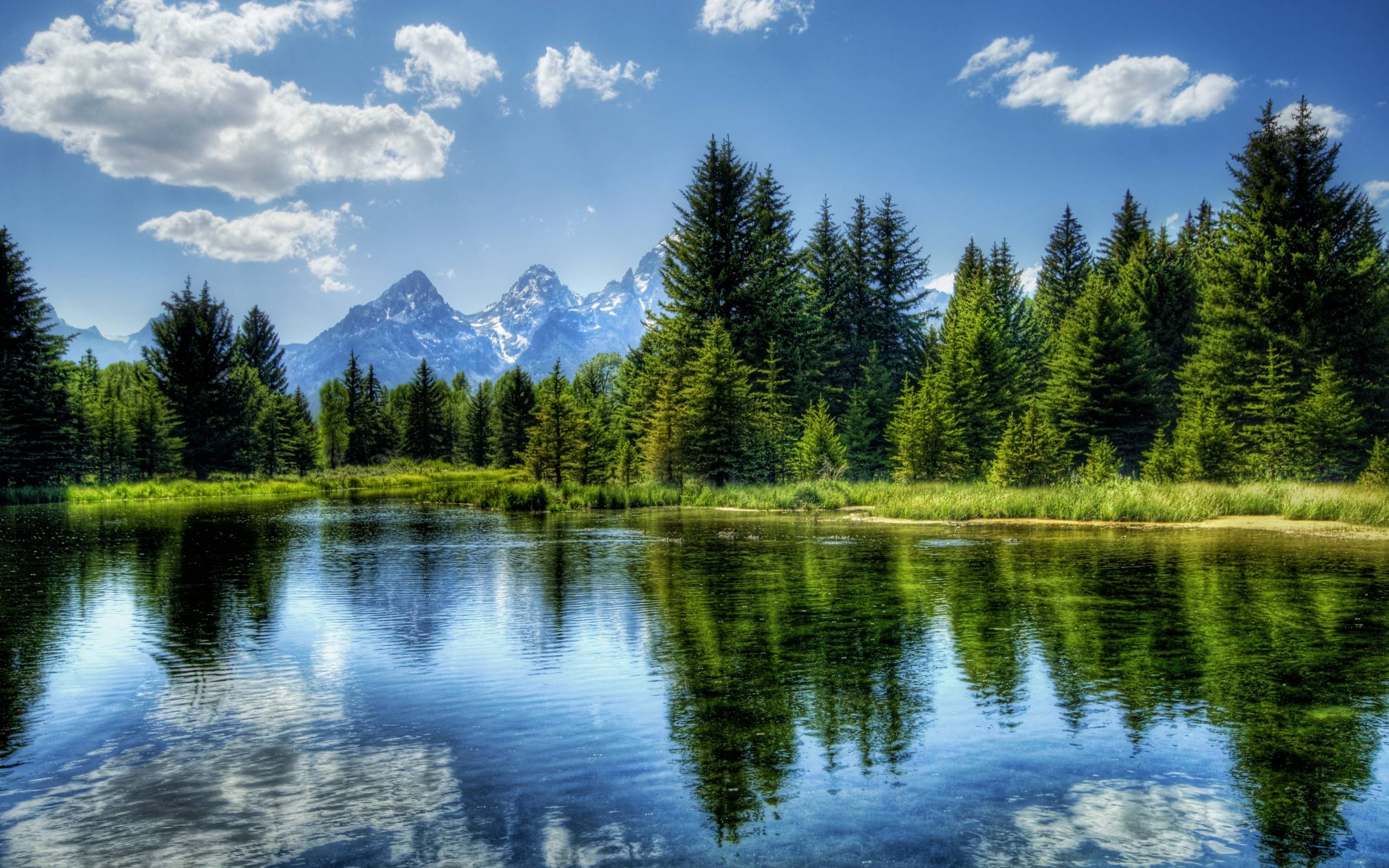
The Ultimate Guide to Stunning Landscape Backgrounds: Enhance Your Visuals
In the realm of visual communication, the significance of a compelling background cannot be overstated. Among the myriad options available, landscape backgrounds stand out as a timeless and versatile choice. Whether you’re a photographer, graphic designer, video editor, or simply someone looking to elevate your digital presence, understanding how to effectively utilize landscape backgrounds is crucial. This guide delves into the world of landscape backgrounds, exploring their diverse applications, aesthetic appeal, and practical considerations for optimal use. We’ll explore various types of landscapes, from majestic mountains to serene beaches, and provide insights into selecting the perfect backdrop for your specific needs. The right landscape background can dramatically enhance the impact of your visuals, creating a more engaging and memorable experience for your audience.
Why Choose Landscape Backgrounds?
The allure of landscape backgrounds lies in their inherent ability to evoke emotion and create a sense of depth and scale. Unlike artificial or abstract backgrounds, landscapes connect with viewers on a primal level, tapping into our innate appreciation for the natural world. Here are some key reasons why landscape backgrounds are a preferred choice:
- Versatility: Landscapes are incredibly versatile, adaptable to a wide range of applications, from product photography to website design.
- Emotional Impact: They can evoke a range of emotions, from tranquility and peace to excitement and adventure, depending on the specific landscape chosen.
- Visual Appeal: A well-chosen landscape background can add significant visual appeal to any image or video, making it more engaging and memorable.
- Depth and Scale: Landscapes create a sense of depth and scale, adding dimension to otherwise flat or static visuals.
- Natural Connection: They connect with viewers on a primal level, fostering a sense of connection to the natural world.
Types of Landscape Backgrounds
The world of landscape backgrounds is vast and diverse, offering a myriad of options to suit any style or purpose. Here are some popular types of landscapes to consider:
Mountain Landscapes
Majestic mountain ranges evoke feelings of awe and grandeur. They are ideal for projects that aim to convey strength, resilience, or a sense of adventure. Consider using mountain landscape backgrounds for outdoor gear advertising, travel brochures, or motivational content. [See also: Mountain Photography Tips]
Forest Landscapes
Lush forests and woodlands offer a sense of tranquility and mystery. They are perfect for projects that aim to create a calming or enchanting atmosphere. Forest landscape backgrounds are often used in nature documentaries, wellness campaigns, and fantasy-themed visuals.
Beach Landscapes
Serene beaches and coastlines evoke feelings of relaxation and escape. They are ideal for projects that aim to promote leisure, travel, or a sense of well-being. Beach landscape backgrounds are commonly used in vacation advertisements, swimwear campaigns, and lifestyle content.
Desert Landscapes
Arid deserts and sand dunes offer a stark and dramatic aesthetic. They are perfect for projects that aim to convey resilience, isolation, or a sense of adventure. Desert landscape backgrounds are often used in automotive advertising, post-apocalyptic themes, and documentaries exploring extreme environments.
Urban Landscapes
While not traditionally considered “natural,” urban landscape backgrounds can offer a unique and compelling aesthetic. Cityscapes, skylines, and architectural landscapes are ideal for projects that aim to convey modernity, energy, or a sense of scale. They are commonly used in real estate advertising, business presentations, and urban lifestyle content. [See also: Urban Photography Techniques]
Water Landscapes
Oceans, lakes, and rivers offer a sense of peace and tranquility. They are often used in backgrounds to evoke feelings of calmness. Water landscape backgrounds are commonly used in travel advertisements, nature documentaries and other lifestyle content.
Choosing the Right Landscape Background
Selecting the perfect landscape background requires careful consideration of several factors. Here are some key aspects to keep in mind:
- Purpose: What is the overall message or feeling you want to convey? Choose a landscape that aligns with your intended purpose.
- Subject Matter: How does the landscape complement your subject? Ensure that the background doesn’t distract from or clash with the main focus of your visual.
- Color Palette: Consider the colors present in the landscape and how they interact with the colors of your subject. Aim for a harmonious and visually appealing color scheme.
- Resolution and Quality: Always opt for high-resolution landscape backgrounds to ensure optimal image quality and avoid pixelation.
- Licensing and Usage Rights: Be mindful of licensing restrictions and usage rights when sourcing landscape backgrounds. Ensure that you have the necessary permissions to use the image for your intended purpose.
Where to Find Stunning Landscape Backgrounds
Numerous resources offer a wide selection of landscape backgrounds. Here are some popular options:
- Stock Photography Websites: Platforms like Shutterstock, Adobe Stock, and Getty Images offer a vast library of royalty-free landscape backgrounds.
- Free Image Websites: Websites like Unsplash, Pexels, and Pixabay provide a collection of free landscape backgrounds with varying licensing terms.
- Professional Photographers: Consider commissioning a professional photographer to capture custom landscape backgrounds tailored to your specific needs.
- Your Own Photography: If you have a passion for photography, you can create your own unique landscape backgrounds.
Tips for Using Landscape Backgrounds Effectively
To maximize the impact of your landscape backgrounds, consider these tips:
- Maintain Proper Perspective: Ensure that the perspective of the landscape aligns with the perspective of your subject.
- Adjust Brightness and Contrast: Adjust the brightness and contrast of the landscape background to create a seamless integration with your subject.
- Use Color Correction: Apply color correction techniques to ensure that the colors in the landscape complement the colors of your subject.
- Add Depth of Field: Use depth of field to blur the background and draw attention to your subject.
- Consider the Composition: Pay attention to the overall composition of your image or video, ensuring that the landscape background enhances the visual appeal without overwhelming the main subject.
The Future of Landscape Backgrounds
As technology continues to evolve, the use of landscape backgrounds is likely to become even more sophisticated. Advancements in virtual reality (VR) and augmented reality (AR) will create immersive experiences where users can interact with landscape backgrounds in new and exciting ways. Furthermore, the increasing availability of high-resolution images and videos will allow for even more realistic and detailed landscape backgrounds. [See also: The Future of Photography]
Conclusion
Landscape backgrounds are a powerful tool for enhancing visual communication. By understanding the different types of landscapes, considering the factors involved in choosing the right background, and implementing effective usage techniques, you can create visuals that are both engaging and memorable. Whether you’re designing a website, creating a marketing campaign, or simply looking to elevate your personal brand, the right landscape background can make all the difference. So, embrace the beauty of the natural world and unlock the potential of landscape backgrounds to transform your visuals.

